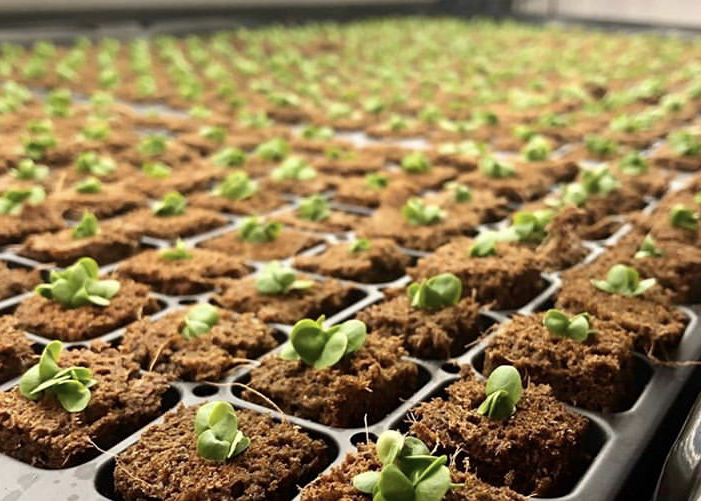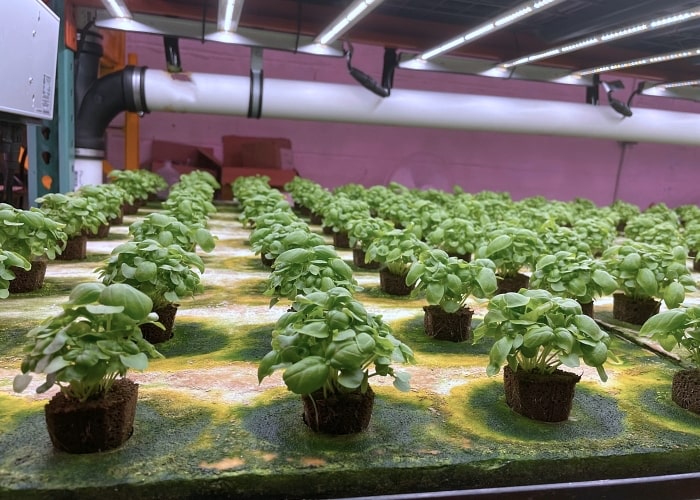In the realm of horticulture, the integration of cutting-edge technologies has ushered in a new era of efficiency and productivity. From hydroponics to aeroponics, aquaponics, container growing, and field transplanting, our modern growth technologies are versatile, offering applications across various horticultural domains. Let’s delve into each of these innovations and explore their transformative potential.
Hydroponics: Cultivating Without Soil
Hydroponics, a method of growing plants without soil, has become a cornerstone of modern horticulture. By delivering nutrient-rich solutions directly to the plant roots, hydroponic systems maximize nutrient absorption and eliminate the constraints imposed by traditional soil-based cultivation. The precise control over nutrient levels and environmental factors allows for accelerated growth and higher yields, making hydroponics an indispensable technology for sustainable agriculture.
Aeroponics: Nourishing Plants through Air
Aeroponics takes plant cultivation to new heights by suspending roots in a nutrient-rich mist. This technique not only conserves water but also promotes faster growth rates and increased nutrient absorption. The fine mist ensures that plant roots receive an optimal blend of nutrients and oxygen, creating an environment conducive to robust plant development. With applications ranging from vertical farming to space-efficient urban agriculture, aeroponics emerges as a key player in the future of sustainable food production.
Aquaponics: A Symbiotic Harmony of Fish and Plants
Aquaponics brings together aquaculture and hydroponics in a harmonious symbiosis. Fish waste serves as a nutrient source for plants, while the plants naturally filter and purify the water for the fish. This closed-loop system not only conserves resources but also creates a balanced ecosystem where both aquatic life and plants thrive. As a sustainable and resource-efficient approach, aquaponics is gaining traction in both commercial and home-based horticulture.
Container Growing: Mobility and Precision in Cultivation
Container growing offers the flexibility of cultivating plants in portable containers, making it an ideal solution for urban environments and limited spaces. This method allows for precise control over soil composition, irrigation, and sunlight exposure. From rooftop gardens to balcony farming, container growing empowers individuals and businesses to bring horticulture to unexpected places. The adaptability of this technology makes it a game-changer in the quest for sustainable, localized food production.
Field Transplanting: Bridging Tradition with Innovation
While high-tech methods are revolutionizing horticulture, the importance of traditional field transplanting should not be overlooked. This age-old practice is now enhanced with modern technologies, such as precision agriculture and data-driven decision-making. By integrating digital tools and automation into field transplanting, farmers can optimize planting density, irrigation, and fertilization, ensuring a harmonious blend of tradition and innovation for sustainable crop production.
Our journey through the realms of hydroponics, aeroponics, aquaponics, container growing, and field transplanting reveals the vast potential of leading-edge technologies in reshaping the landscape of horticulture. As we embrace these innovations, we embark on a path towards a more sustainable, efficient, and resilient future for agriculture.
For further insights on hydroponics, aeroponics, aquaponics, container growing, and field transplanting, visit ihort.com.




